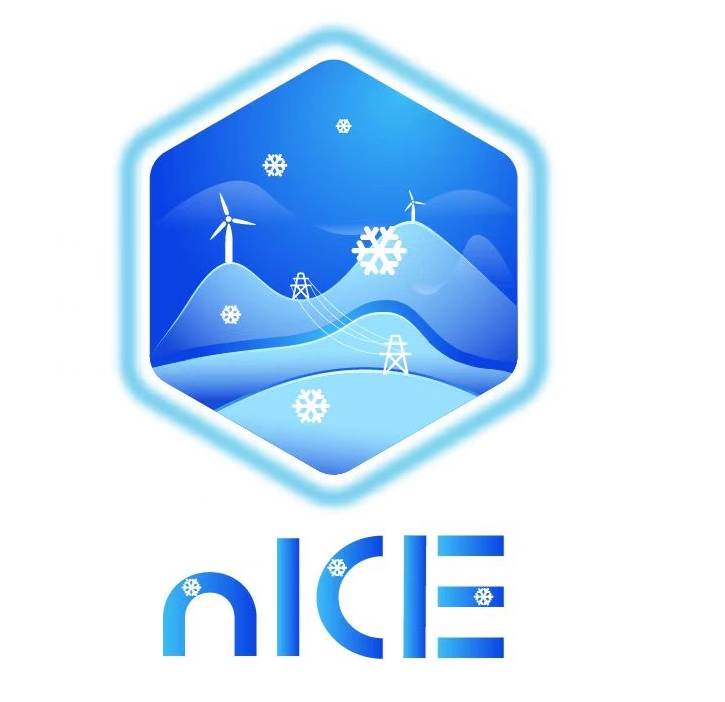nICE is a multidisciplinary joint research project between IVT and NT faculty of UiT. The project is funded by the Norwegian Research Council (FRIPRO/ Large Scale Inter-disciplanary Project) with total funding of 27.5 mNOK. This 04 years (2022-2026) project is coordinated and managed by Professor Muhammad Virk (IVT). The project involves researchers from 06 departments, 03 research centers and 10 research groups of UiT

Potential for academic impact of the nICE project
The nICE consortium consists of multidisciplinary researchers, who will contribute to developing new knowledge and innovative technological solutions about atmospheric icing. Dissemination of results from this project will help to improve innovation capacity and the integration of new knowledge of Norwegian researchers about atmospheric icing. Currently, no organized icing research related infrastructure exists in Norway. In long run, the dissemination of knowledge from this project and development of icing research related infrastructure will be used to establish an icing center of expertise in Norway, which will help to make Norway an international research hub to address icing related issues.
Potential for societal impact of the nICE project
There is an increase in human activities in the high north, which may become affected by structural icing, for instance wind power plants, power lines, communication, buildings, roads, and aviation. The nICE project aims to develop academic/research activities to improve knowledge and meet icing related future challenges. New knowledge will be developed about ice accretion physics, ice detection and mitigation and human safety for operations in icing conditions. Students will also be involved in mainstream project activities through bachelor, master, and PhD thesis. Industry will also benefit from the involvement of students in this project activities as students will become prepared for industrial work in extreme icing conditions. For example, nICE will lead to increase innovation capacity: e.g., the improved mesoscale NWP simulations can be used for prediction of icing events in industry applications such as agricultural-based activity or land, sea and air transportation. Current state-of-the-art icing forecasting models and ice detection and mitigation methods are primitive in their parametrizations, based on idealized structures, and dependent on input from NWP models that ignore small-scale weather phenomena important for icing. With the proposed developments within nICE project, these shortcomings will be considered, and the project will contribute towards an ice physics model with considerably higher accuracy that is intended to benefit operators in ice prone areas. In particular the industry related to power generation and transmission will also benefit from improved icing estimates and forecasts. In addition, the development of ice detection and mitigation methods will be applicable to structures such as bridges and building infrastructures and therefore have a broader societal impact. Knowledge about ice disaster management will help society to improve human safety for operations in severe icing conditions.
[Loading...]